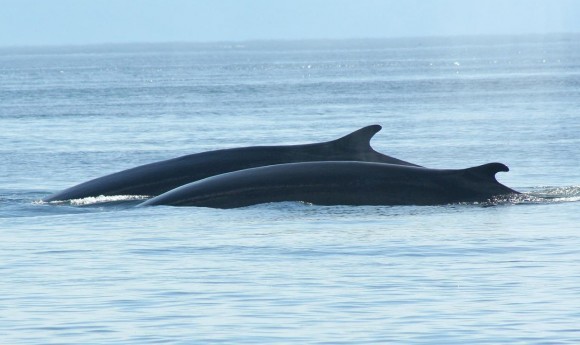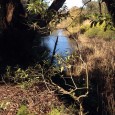At the recent meeting of the International Whaling Commission (IWC) in Panama South Korea announced that it will begin scientific whaling research subject to the approval of the IWC scientific committee. The scientific committee will meet next year in Seoul to discuss their application.
World reaction has been rapid and negative. All Australian political parties have stated their strong opposition to the plan and it has also been condemned by the US, NZ and environmental groups.
The Australian Government has lodged a stiff diplomatic protest with the South Korean government. Australia’s case in the International Court of Justice to stop the Japanese scientific program is expected to be argued in the Hague over the next year and could be extended to include South Korea.
South Korea has flagged its plans to use the scientific whaling provisions of the IWC Convention as a way of circumventing the 1982 moratorium on commercial whaling. These provisions allow any IWC member nation to issue permits to itself for lethal scientific research.
Like Japan, South Korea claims that whaling is a long standing cultural tradition. Korean stone-age rock art shows scenes of whale capture and slaughter from over 6000 years ago (about the time when people were exterminating the last of the mega fauna on land).
The country has been under pressure from its fishing industry to resume whaling and considers that whale populations have recovered since they adopted the moratorium in 1986. The targeted whales are the Northern minke, a close relative of the Antarctic minke which is pursued each summer by Japanese whalers in the IWC’s Southern Ocean Whale Sanctuary.
A Greenpeace spokesman ridiculed claims by Korean fishermen that minke whales are depleting fish stocks.
“Blaming whales for declining fish populations is like blaming woodpeckers for deforestation. Whales do not cause declines in fishing stocks – overfishing and mismanagement by humans do.”
Minke whales are caught in Korean waters as by-catch and have been sold for human consumption. There are also rumours of criminal gangs operating clandestine whaling operations.
Whale meat is considered a delicacy although, as in Japan, there are a growing number of people opposed to its hunting and consumption.
South Korea intends to hunt for whales in its own territorial waters which extend up to 50 nautical miles off the Korean peninsula and include a major minke migration path.
A whaling fleet would have considerably more protection from South Korea’s large coastguard fleet than the Japanese whalers have in the Southern Ocean Whale Sanctuary. This would make the tactics used by protestors in the Southern Ocean dangerous and illegal under international law, however Sea Shepherd say they will keep a close eye on South Korean whalers if the program goes ahead.
The minke is the smallest common baleen whale but a full grown adult can be more than 7 metres long and weigh in at about five tons. They feed on small schooling fish such as herring and pilchard as well as krill and other zoo-plankton. They live in small pods and are highly social in behaviour. After a gestation of 10 months and a similar nursing period they achieve sexual maturity after a childhood of more than six years. They live 30 – 50 years, although some individuals may live to 60.
Minke whales have a large and complex brain with a highly developed neocortex containing as many as 10 billion neurons. The neocortex is the part of the brain most developed in human beings, and is regarded as the centre of higher mental faculties such as self awareness, empathy and social communication. Humans have about 20 billion neocortical neurons, compared to other mammals like the gorilla with 4 billion, the dog with 160 million and the rat with 15 million.
To quote Sea Shepherd Captain Paul Watson: “Overall, the brains of … whales are larger, and more complex than human brains. However, they don’t have technology – and it is technology that humanity uses as the primary indicator of intelligence. We have essentially dismissed non-manipulative intelligences from our definition of intelligence.”
 Attempts to communicate with cetaceans have generally been inconclusive. The sheer difficulty of inter-species communication and the vastly different media we inhabit provide very little common ground for interaction and apart from well known incidents of mimicry and play with dolphins in shallow water, millions of years of divergent evolution has left us with very little in common with these great creatures.
Attempts to communicate with cetaceans have generally been inconclusive. The sheer difficulty of inter-species communication and the vastly different media we inhabit provide very little common ground for interaction and apart from well known incidents of mimicry and play with dolphins in shallow water, millions of years of divergent evolution has left us with very little in common with these great creatures.
John Lilly, a 20th century American physician, neuroscientist and philosopher who spent a lot of time investigating dolphin intelligence, had a vision of a time when all killing of whales and dolphins would cease, “not from a law being passed, but from each human understanding innately that these are ancient, sentient earth residents, with tremendous intelligence and enormous life force. Not someone to kill, but someone to learn from.”






Why cant people be satisfied with the bounty of food we the human race allready produce. Leave these defenseless beautiful creatures alone so they can help us survive.